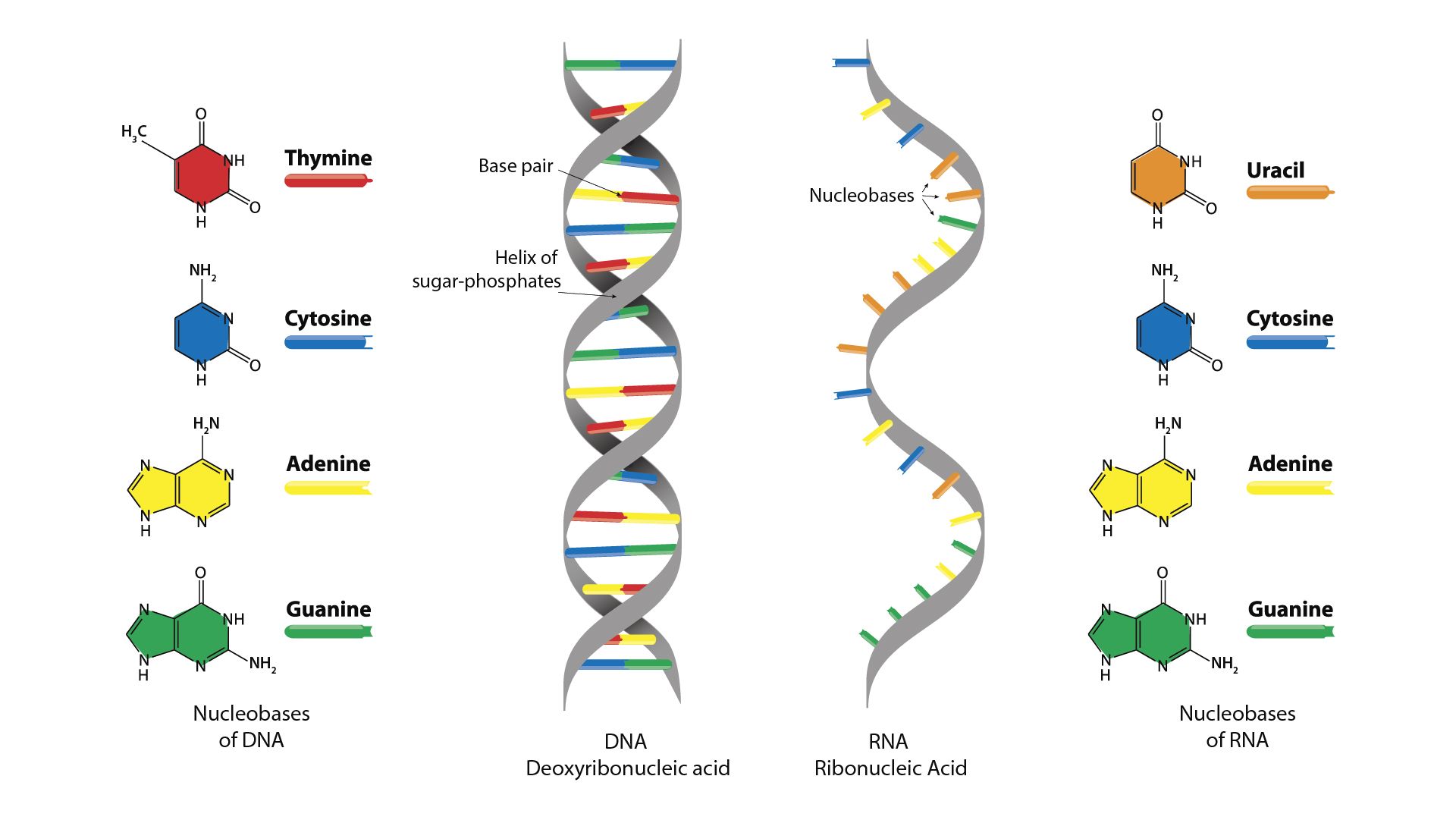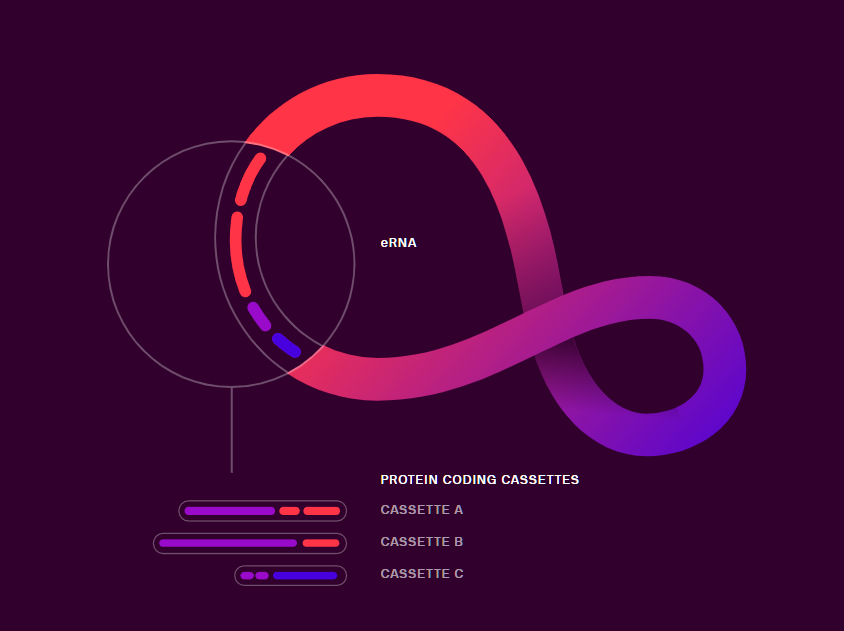2 companies innovating to overcome the short half-life of mRNA: is self-amplifying or endless RNA the future of mRNA vaccines?

Given the incredible growth in mRNA vaccines, it is no surprise that companies are trying to improve this technology.
mRNA technology came to the forefront in 2020 with the widespread use of mRNA vaccines for protection against the SARS-CoV2 virus. Just like any other technology, mRNA technology has its drawbacks.
In this article, we will look at the current limitations and the potential breakthroughs in mRNA technologies that will pave the way forward.
To learn more about RNA and mRNA vaccine, you can refer to our previous article.
The imperfections of mRNA vaccines
Conventional vaccine development takes time, about 10–15 years from initial research to market availability. In this COVID pandemic, mRNA technology has shown a clear advantage of speed over other modalities. However, the technology also faces several technical challenges with no near-term solution.

One drawback with mRNA vaccines is that the amount of antigen produced is dependent on the number of mRNA molecules delivered to the cell. This means that if more antigen wants to be produced a higher dose would be required (this might not be safe). Additionally, because the half-life (number of days before the mRNA is degraded) of mRNA is relatively short, this means that individuals need to get multiple doses to mount an immune response that is potent enough to provide protection.
To address both these issues, scientists have been researching & developing solutions that could increase the production of antigens and improve the half-life of the mRNA molecules.
Let's look at two technologies that have been developed: self-amplifying RNA and endless RNA.
What is self-amplifying RNA?
A self-amplifying RNA (sa-RNA) contains components that allow it to replicate itself in situ (create more copies of itself in the cell, see image below). These components are typically from Venezuelan equine encephalitis virus (VEE), Sindbis virus (SINV), and Semliki forest virus (SFV) and they encode for an RNA-dependent RNA polymerase (RdRP) complex. Therefore, the sa-RNA not only encodes the instructions for the host cell to make the desired protein, but it is also able to make more copies of the RNA containing those instructions. This technology thus allows for an increase in the copy number of mRNA templates but does little to improve the half-life of the template at the parent template is not being amplified.

Because it can replicate and amplify itself, sa-RNA vaccine can be given in a much lower dose, meaning that each dose can be smaller and cheaper. With this in mind, at the end of 2021, AstraZeneca announced its plan to invest in VaxEquity, an Imperial College spin-off that specializes in self-amplifying RNA technology (read more here). Another companies in this space are Arcturus Therapeutics (NASDAQGM:ARCT) which recently announced results of its sa-RNA COVID19 vaccine.
Is endless RNA really endless?
In the world of RNA, there are multiple types of RNA and circular RNA is a particularly intriguing format. In circular RNAs, the free 3' and 5' ends found in linear RNA forms are joined together to form a closed loop that appears to render them stable and long-lasting. However, circular RNAs are typically non-coding, meaning that they do not get translated into protein.
Laronde Bio (Private) has managed to engineer a closed-loop RNA into a translatable form of RNA, called Endless RNATM (eRNA). Different from sa-RNA which amplifies itself but is still unstable, eRNA is a versatile synthetic RNA platform that instructs cells to express the desired protein and it is naturally stable.

Due to its intrinsic stability (improved half-life) and the ability to be translated into protein 'endless'-ly, the dose can be significantly reduced resulting in lower cost and lower toxicity. With this technology, Laronde secured a $50 million investment to support the development and an initial pipeline of medicines from Flagship Pioneering (read more here).
Closing word
2019 and 2020 were the breakout years for mRNA technology. At the end of 2019, the combined market capitalization of the five publicly listed companies focusing on mRNA platforms was roughly US$15 billion. These include Sarepta Therapeutics (NASDAQ:SRPT), Alnylam Pharmaceuticals (NASDAQ:ALNY), Ionis Pharmaceuticals (NASDAQ:IONS), Moderna (NASDAQ:MRNA), and BioNTech (NASQAD:BNTX). As of August 2021, that capitalization was more than $300 billion. This boost in valuation reflects optimistic confidence in the novel technology.
Similarly, in the private market, numerous startups are not working on improving and expanding the use cases for mRNA modalities (apart from the above), such as Orna, Kernal Biologics, Strand Therapeutics and Replicate Bioscience.
Although the shelf life of mRNA is short, with the upcoming technologies such as self-amplifying RNA, endless RNA and more innovations in the space, we can confidently say that mRNA technology is here to stay.
In the next article, we will take a look at other RNA technologies apart from mRNA vaccines in the market. Stay tuned!
If you like articles like this one, please do subscribe to our newsletter to stay updated with our latest articles.
Disclaimer: All opinions shared in this article are the opinions of the authors and do not constitute financial advice or recommendations to buy or sell. Please consult a financial advisor before you make any financial decisions.





Comments ()